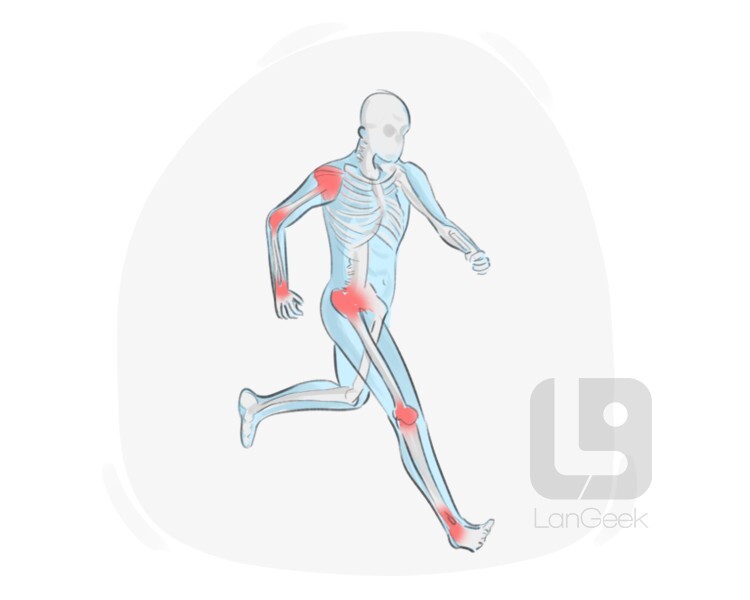Search
Select the dictionary language
(anatomy) the point of connection between two bones or elements of a skeleton (especially if it allows motion)

the physical movements and coordination of speech organs, such as the tongue, lips, and vocal cords, to produce speech sounds
What is "articulation"?
Articulation refers to the physical process of producing speech sounds by using various parts of the vocal tract, including the tongue, lips, teeth, and palate. This process involves the precise movement and positioning of these articulators to create different sounds. For example, the "t" sound is articulated by placing the tongue against the alveolar ridge, while the "b" sound involves bringing both lips together. Articulation is important in phonetics because it helps to define how different sounds are made and can affect pronunciation, clarity, and understanding in spoken language.
the act of joining things in such a way that motion is possible
expressing in coherent verbal form
the shape or manner in which things come together and a connection is made
in music refers to how notes or sounds are played, including factors like attack, duration, and release, which shape the expressiveness of a performance
What is "articulation"?
Articulation in music refers to the way notes are played or sung, including how they are started, sustained, and ended. It affects the clarity and style of the performance. Articulation is indicated by various symbols and terms, such as staccato, which means to play notes short and detached, or legato, which means to play notes smoothly and connected. Articulation helps to shape the expression and phrasing of the music, guiding performers on how to interpret the notes and create the intended musical effect.
Lexical Tree




























